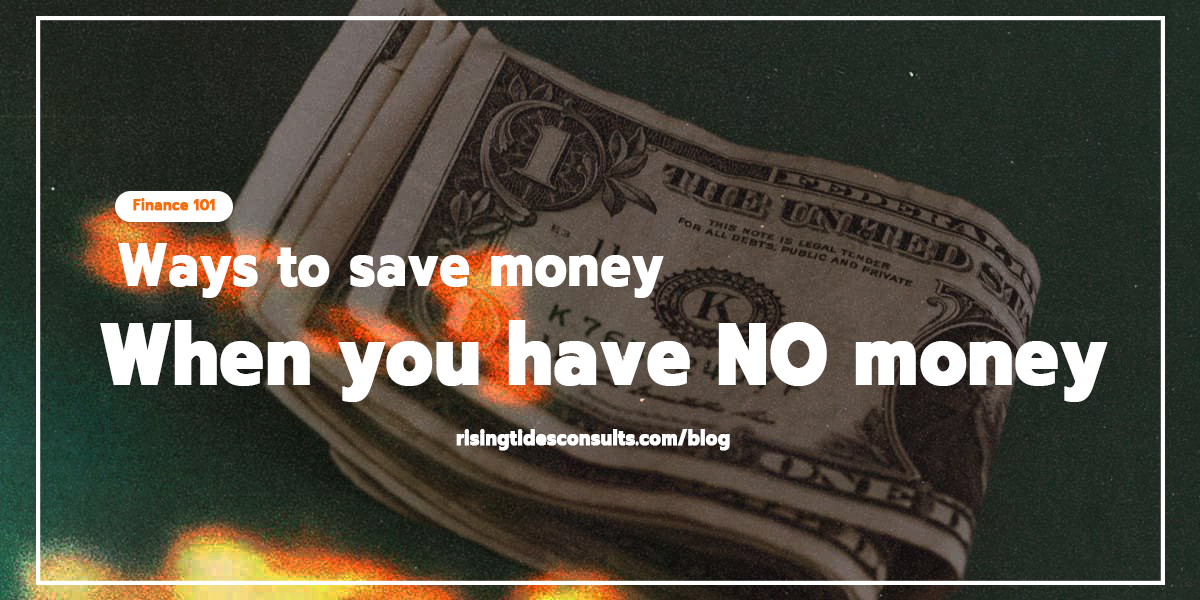
Breaking down your minimum monthly payment
Credit card billing statements are almost as confusing as taxes. You thought credit card spending was simple; buy now, pay later, but now you realize it’s all a bit more complicated than that.
Your statement says something about a “minimum monthly payment,” and the number has you confused.
Keep reading and allow the Credit Wizard to demystify minimum monthly payments.
Minimum Payment Definition
A minimum payment isn’t another complicated financial term; it’s what it sounds like. Your credit card minimum payment is the minimum amount you can put towards paying off your credit card balances by each due date.
At the end of each billing cycle, your bank will send you a credit card statement by mail or e-mail. Your statement will detail your transactions and any accumulated interest charges or fees for the month.
You won’t be asked to pay your balance in full, but you will be asked to make a minimum payment. Your minimum payment may always be the same, or it can change month to month. Every bank has policies and ways of coming up with this magic number.
How Is Your Minimum Payment Calculated?
Sadly, there is no plug-in or payment calculator that you can use regularly, but some general rules of thumb can paint you a clearer picture.
Banks can calculate your minimum monthly payment in several ways depending on your balance and your agreement.
Lenders often use one of three methods to determine your minimum payment. You’re most often charged based on a fixed amount, a flat percentage, or a combination of percentages, interest rates, and fees.
Sometimes, your bank will change how they determine your minimum payment each month. Keep in mind; the calculation method can switch up on you depending on your balance.

Fixed Amount
Your minimum monthly payment may be a fixed dollar amount despite your balance. If the fixed minimum payment is $35, this means that whether your balance is $500 or $1000, you’ll only be required to pay $35, no more and no less.

A fixed amount is helpful when budgeting because you’ll always know how much you can expect to pay. On the other hand, a fixed minimum payment can give you a guilt-free excuse for keeping a high balance (which is never a good thing).
If you’re planning on paying off your debt in the next couple of weeks or months, then you should stop swiping your credit cards and allocate a little bit more than the minimum payment towards paying off your debt.
Flat Percentage
Your minimum payment can also be calculated using a flat percentage. Say your flat percentage charge is 2% of your balance; this means that whether your balance is $500 or $1000, 2% of that outstanding amount equates to your minimum.
Example of a flat percentage charge of 2%: Your minimum payment on a $500 balance would be $10 (500 x .02 = 10), and your minimum payment on a $1000 balance would be $20 (1000 x .02 = 20).
This method adds more guilt to your spending habits because your minimum payment will increase as your balance increases. Although a flat percentage is good for keeping you on track to pay off your debt, it can be hard to plan for in your budget.

Flat Percentage + Interest + Fees
Some credit card accounts will ensure your interest charges and additional fees are included in your minimum payment.
Typically, the bank charges a lower flat percentage, and then interest charges and fees accrued that cycle get added on top.
Suppose your balance (before interest and fees) is $1,000. Don’t forget this month’s pesky $100 in interest and $40 in late fees. If your issuer calculates your minimum using a flat percentage of 1%, you’d have a minimum payment of $150.
Here’s the breakdown:
$1,000 balance x 0.01 (flat percentage) = $10
$10 (flat percentage charge) + $100 in total interest accrued + $40 in late fees = $150 owed as a minimum payment.
This large minimum may seem hefty compared to the fixed amount and flat percentage methods, but it accounts for all you owe; your balance, interest, and additional fees.

Varying
Sometimes your minimum payment isn’t always calculated the same way. The method used to calculate your minimum payment can vary depending on your balance. Your bank can charge you based on what bracket your outstanding balance falls into: a lot, some, or very little.
If you owe a lot (usually over $1,000): Your minimum will be calculated using either the flat percentage or percentage + interest + fees method. The exact formula varies by card.
If you owe some (usually between $25 and $1,000): You will probably be charged a fixed dollar amount.
If you owe very little (usually less than $25): Your minimum will be the entire balance. For instance, if you owe $10, and the fixed payment amount is $25, your minimum payment will likely be $10, making you clear of debt!
What Happens If You Only Pay the Minimum?
Although a minimum payment can keep you out of the hot seat, it’s not a very long-term debt solution.
Cruising on minimum payments is not the best solution to a bigger issue, but a minimum payment can keep a blemish off your credit report.
What Happens If You Don’t Pay the Minimum?
You should always aim to pay more than the minimum; paying less can leave you in a stinky situation.
Unfortunately, paying less than the minimum means you’ve missed a payment. A late or missed payment can lead to additional fees and a hit to your credit score. A poor credit score can have long-term consequences that even the Credit Wizard couldn’t cast away.
As soon as you know that you won’t be able to make the minimum payment, you should reach out to your credit issuer. There may be some solutions they can offer to keep you in better financial standing.
How Can Rising Tides Help?
If you didn’t know what you were getting into when you opened your first credit card, then you’re probably in a situation you wouldn’t wish upon your worst enemy.
Feeling incapable when it comes to understanding finances is the antithesis of what Rising Tides stands for. Making mistakes is natural and we understand that, so we are here for you.
Whenever you make a mistake on your credit card payments or car loan, that is detrimental to your credit score. Don't worry, we can help to get those fixed.
Stay up to date on our Blog so we can help you too with free education from our favorite Credit Wizard.

Start Building Credit With Rising Tides
Your credit score may not seem all that important until you need it. From apartment applications to your car loans, this three-digit number is the key to your major life milestones.
-
✅ Build credit
-
✅ Remove negative items
-
✅ Change your life






